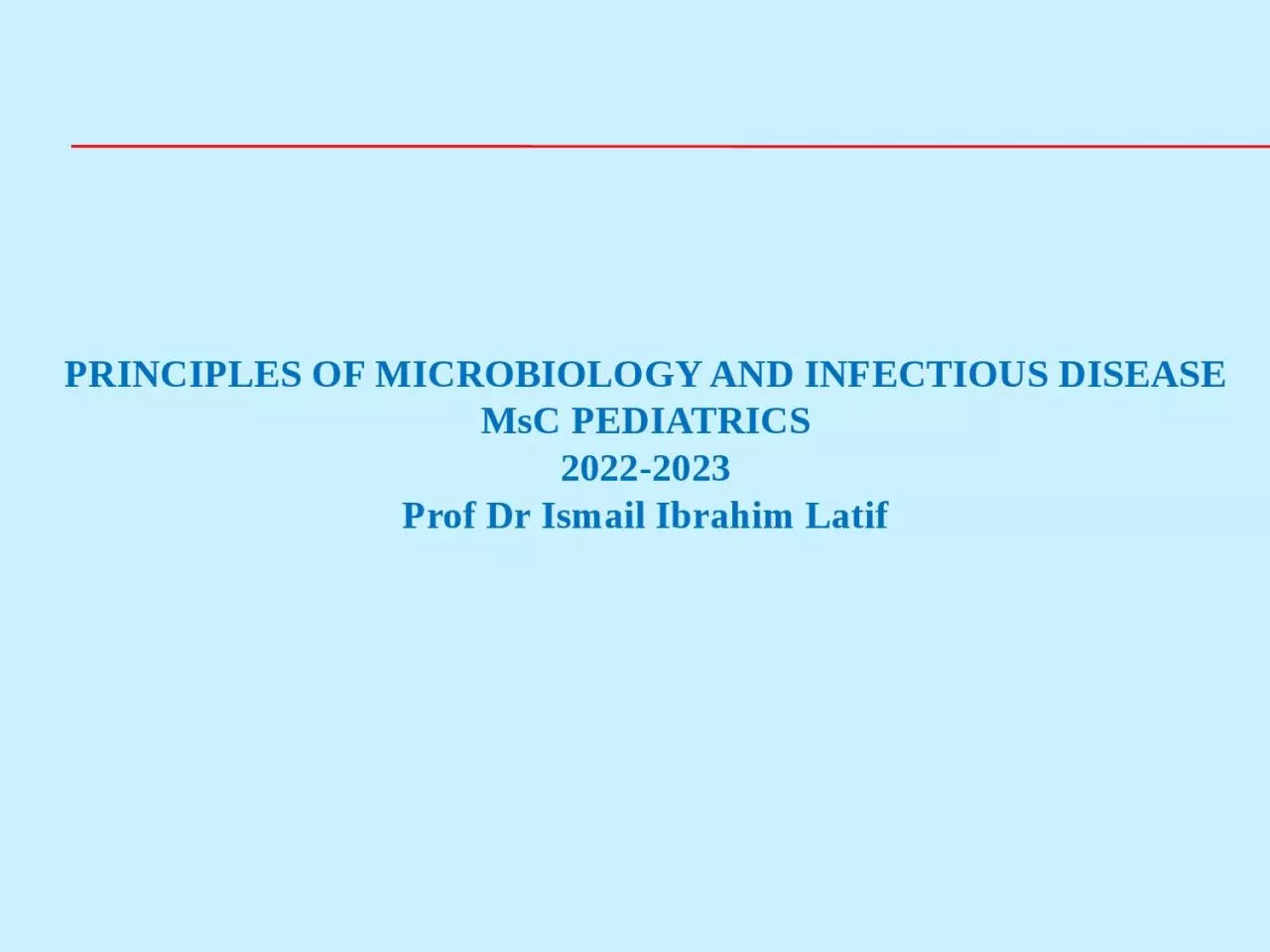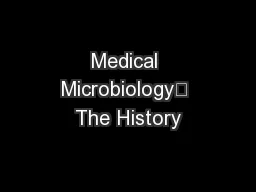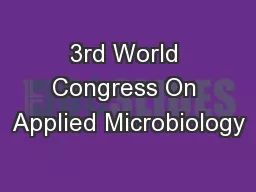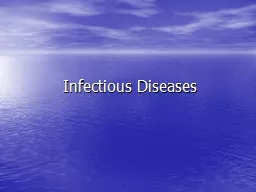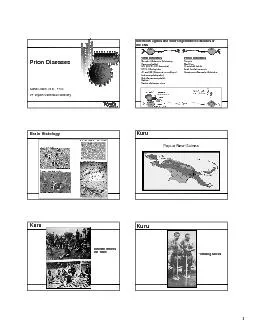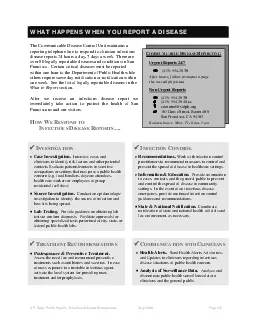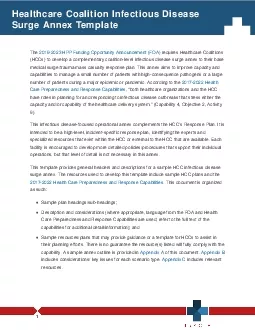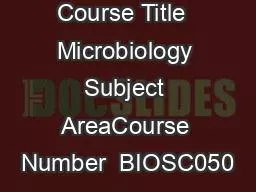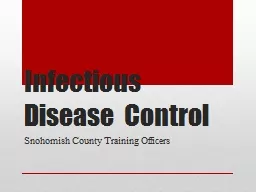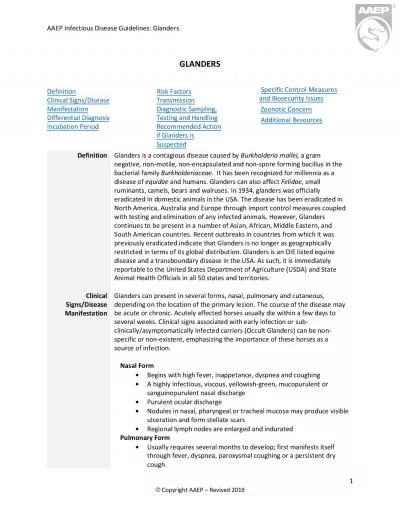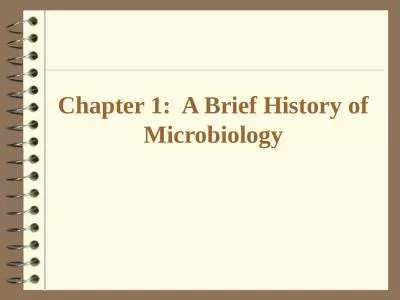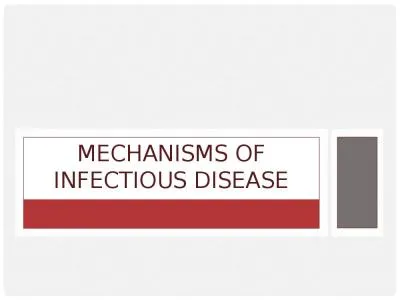PPT-PRINCIPLES OF MICROBIOLOGY AND INFECTIOUS DISEASE
Author : ariel | Published Date : 2023-10-28
MsC PEDIATRICS 20222023 Prof Dr Ismail Ibrahim Latif Infection is the establishment of foreign organisms or infectious agents in or on a human host This may result
Presentation Embed Code
Download Presentation
Download Presentation The PPT/PDF document "PRINCIPLES OF MICROBIOLOGY AND INFECTIOU..." is the property of its rightful owner. Permission is granted to download and print the materials on this website for personal, non-commercial use only, and to display it on your personal computer provided you do not modify the materials and that you retain all copyright notices contained in the materials. By downloading content from our website, you accept the terms of this agreement.
PRINCIPLES OF MICROBIOLOGY AND INFECTIOUS DISEASE: Transcript
Download Rules Of Document
"PRINCIPLES OF MICROBIOLOGY AND INFECTIOUS DISEASE"The content belongs to its owner. You may download and print it for personal use, without modification, and keep all copyright notices. By downloading, you agree to these terms.
Related Documents

